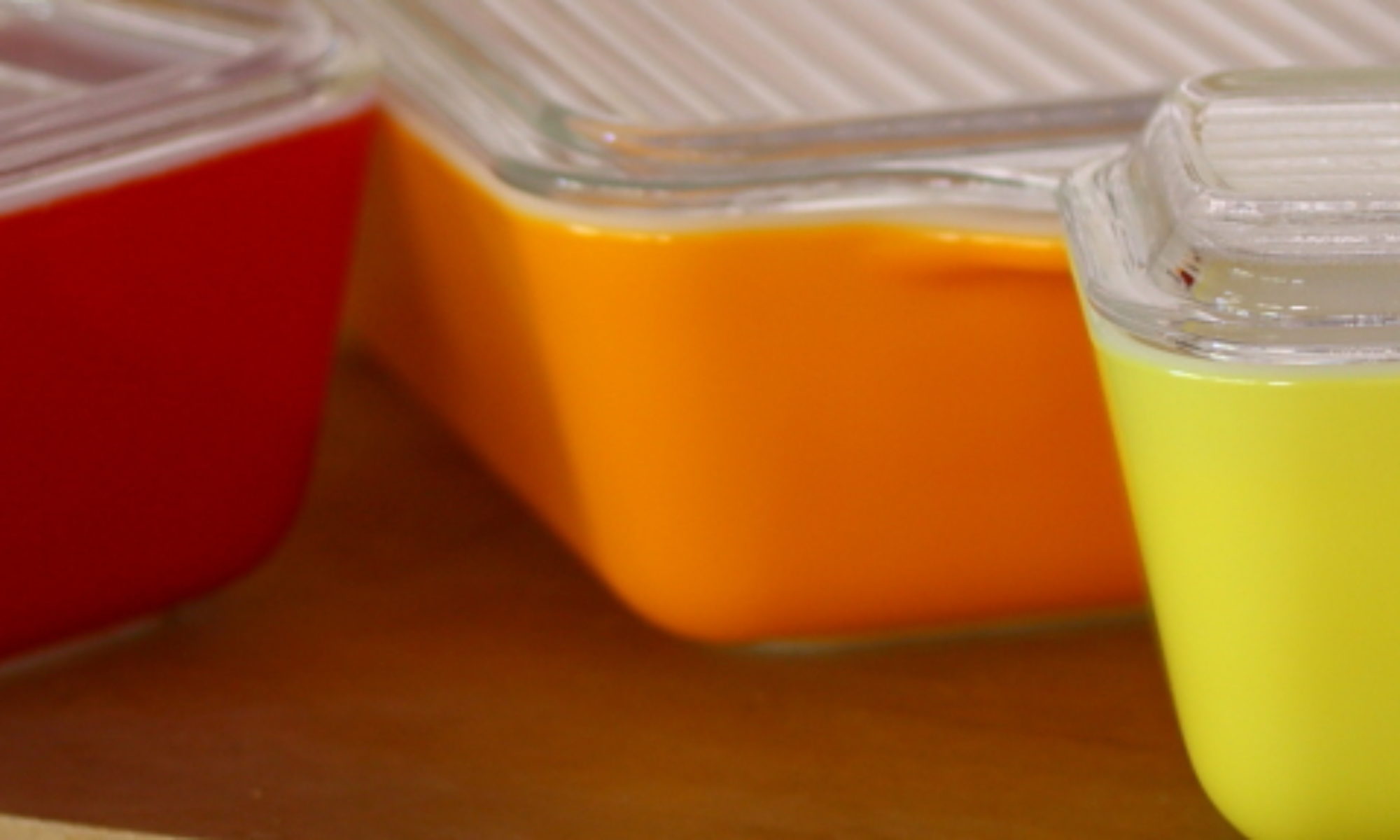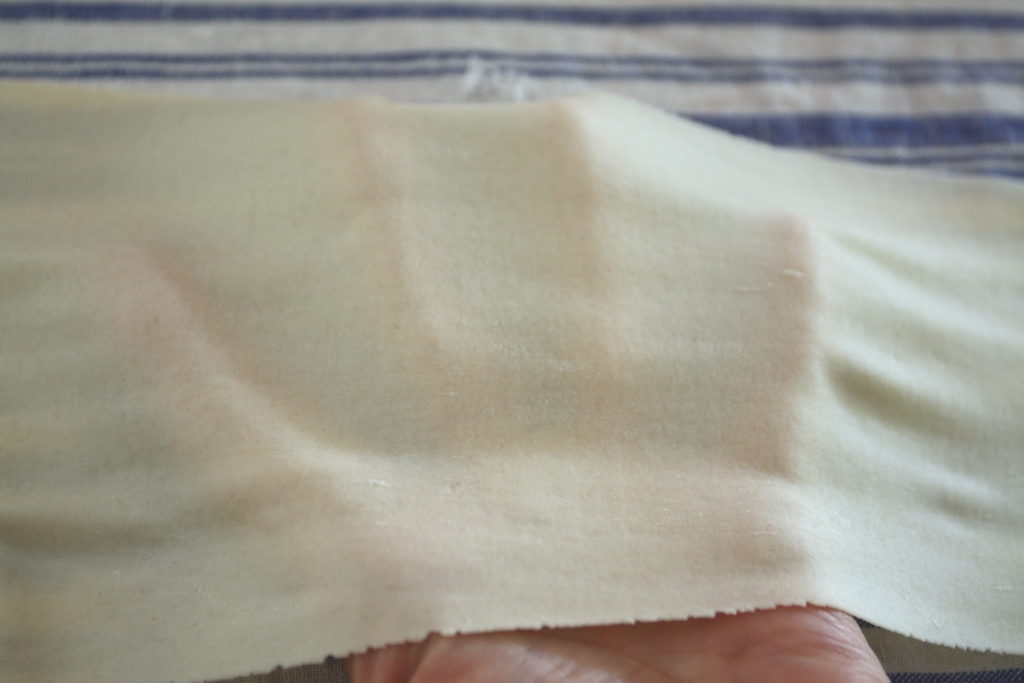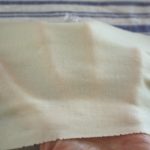
Okay, who’s up for an attempt at some serious scratchin’? You’ve seen phyllo dough, those thinner than a piece of paper sheets used in Greek dishes. Could you ever imagine that you’d be able to make up a batch right in your own kitchen? Us either. But, we’re willing to give it a try. Now, we doubt that these sheets will be anywhere as thin as the commercial version of phyllo, but we’re willing to bet that the taste and flavor of fresh phyllo will be as good, if not better, than the frozen in a box kind. So, if you’re up for making a batch of phyllo, let’s get scratchin’.
For possibly years, we’ve talked about making phyllo as a fun little challenge. We figured that the worst that would happen is that we’d end up with a mass of inedible dough — the loss of a couple of cups of flour, big deal. But, just imagine if everything goes well, that would be impressive! We mean, who makes their own phyllo?
We started with a recipe that we found on the Internet and you can see it here. But, we will say that we had to correct the amount of water called for, and we cut down the recipe so we wouldn’t end up with a huge amount of phyllo dough on our first attempt.
Phyllo Dough
Ingredients
- 280 g all-purpose flour (2 cups)
- 1/4 tsp salt
- 1 Tbs lemon juice
- 1/2 tsp white vinegar
- 1/2 tsp extra-virgin olive oil
- ~1/2 cup boiling water
Instructions
- In a medium bowl, combine flour, salt, lemon juice, vinegar, and olive oil. Add boiling water and stir until a dough forms.
- Turn dough onto a work surface and knead for 15 to 20 minutes.
- Wrap in plastic and refrigerate overnight.
- Divide dough into 8 pieces. Using a pasta machine, roll dough through successively thinner settings until you reach the thinnest setting.
- Use as you would commercial phyllo dough.
Ingredient discussion:
What’s up with the lemon juice and vinegar? Well, they add acid to the dough, which breaks down some of the gluten in the flour, making the dough easier to stretch later. That’s one of the reasons we call for boiling water, too. It’s all about making the dough pliable and stretchy.
Procedure in detail:
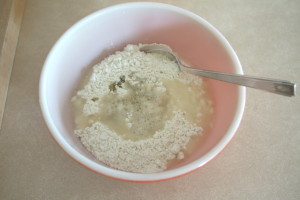
Make dough. In a medium bowl, combine flour, salt, lemon juice, vinegar, olive oil, and pour in the boiling water. Stir vigorously until a dough forms. If you need to, add a bit more water or more flour. The dough should be soft, but not sticky, and the half cup of water is just about the right amount.
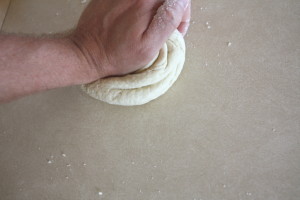
Knead. Turn the dough onto a work surface and start kneading. If the dough is sticky, work in more flour. Too tough and dry? Indent the dough and sprinkle in some water. Knead the dough for about 15 minutes. If that’s too long for you to knead in one stretch, break it up into 5 minutes of kneading, 5 minutes of rest, 5 minutes of kneading, and so on. When you’re through, the dough will be nice and smooth.
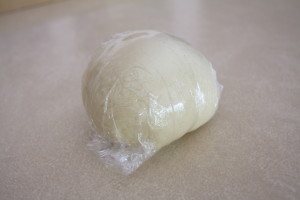
Rest. Wrap in plastic and refrigerate overnight. This resting period helps the gluten relax and allows the water to hydrate all the flour.
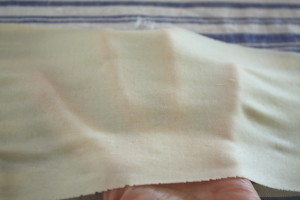
Roll. Take the dough out of the refrigerator about an hour before rolling. Cut it into 8 pieces, and, working with a piece at a time, run it through a pasta machine on successively thinner settings until you get a sheet that’s nearly see-through. You’ll have to dust the sheet with flour as you roll it out. If you’re up for it, you can try rolling out the dough between two pieces of baking parchment; we didn’t try that, so, if you do, let us know how it works.
Use. Once the dough is rolled out, you can use it just like commercial phyllo, although it will be thicker.
We’re amazed. Making phyllo dough with the aid of a pasta machine isn’t as hard as we thought it would be. The sheets are thicker, no surprise there, but they do make for a nice flaky crust, just like phyllo (we’ll show you what we made tomorrow). We will say that the dough could use just a pinch of salt; we’ve changed the recipe above so yours won’t taste as doughy and bland as ours did. We also think that these phyllo sheets are best suited for layering in dishes, such as in Spanikopita, or folding up in squares or triangles. Avoid recipes in which you’ll need to twist or bunch up a lot of phyllo in one spot, as it gets gummy. While making phyllo dough is troublesome, it’s actually kind of fun and we’re looking forward to making our next batch. Four stars.
